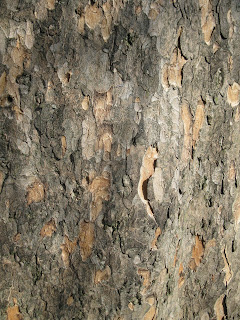Platanus x hispanica - London plane
I found this Platanus in longford park. It can reach heights of 12 meters and higher. London plane has a high tolerance towards air pollution and can grow in poor soils which is why its a typical urban tree that gets planted along side of roads and streets in towns and cities
It has a thick robust trunk
It is one of the few trees that can be easily identified by its bark; looks like camouflage, is greyish brown and flakes small round pieces that drop off to reveal yellowish brown patches.
The buds are round, green, fleshy and a rounded tip, at the base you can spot the old leaf scar where last years leaves have grown out from.
Leaves are light green with five pointed lobes at the tips also has smaller ones on the edges. They appear late at the end of may to the beginning of June.










































